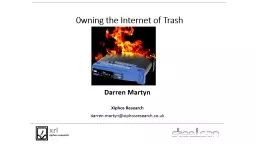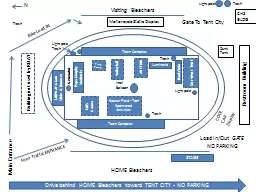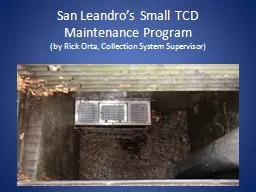PPT-0 wning the Internet of Trash
Author : debby-jeon | Published Date : 2016-02-18
Darren Martyn Xiphos Research darrenmartynxiphosresearchcouk whoami Darren Martyn infodox Penetration Tester amp Researcher Xiphos Research Ltd Forensics amp
Presentation Embed Code
Download Presentation
Download Presentation The PPT/PDF document "0 wning the Internet of Trash" is the property of its rightful owner. Permission is granted to download and print the materials on this website for personal, non-commercial use only, and to display it on your personal computer provided you do not modify the materials and that you retain all copyright notices contained in the materials. By downloading content from our website, you accept the terms of this agreement.
0 wning the Internet of Trash: Transcript
Download Rules Of Document
"0 wning the Internet of Trash"The content belongs to its owner. You may download and print it for personal use, without modification, and keep all copyright notices. By downloading, you agree to these terms.
Related Documents














